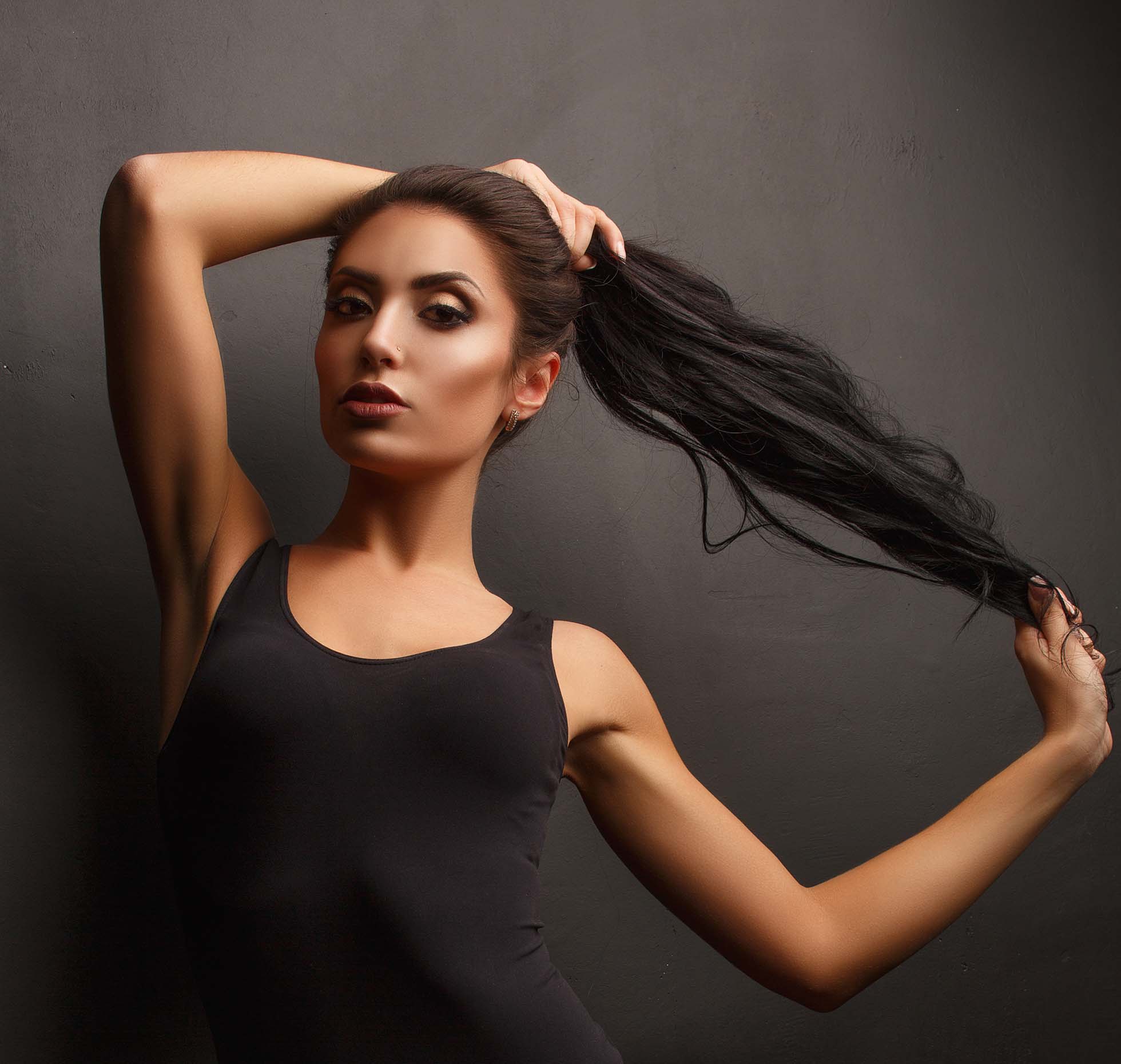“I hate you! Your hair is so perfect! Seriously, what are you using to get your hair so thick and long?”
I’ve said this a thousand times and will ask that question under my breath a thousand more. Even though I can probably guess the answer. I know there are you genetically blessed women out there in this world that have never had to put a chemical in your lovely locks or used heat to tame your tresses. If this is you, don’t read another word and skip on over to an article about how to style that mane and let the rest of us, who are green with envy, talk shop.
So what is the big secret? Ladies, and yes, a few of you men, there is a secret. But one that maybe you will wish you don’t want know. I can tell you first hand, I scope the amazing pics on Pinterest and try to recreate the bombshell braid and my hair looks nothing like the pic– And I am a Makeup and Hair Artist! The trick to many of these looks is Hair Extensions!
Hair extensions have been used but both women and men since the time of Cleopatra. In fact, the first proof of the use of a hair weave dates back to 3400 BC. The Egyptians wore wigs, sewn in hair pieces and braids made of human hair and dyed sheep’s wool! Vibrant colors like red, blue and gold were all the rave! Braids often were a sign of age, religion and wealth. The length and style of which the braid was worn was a social status symbol!
American women really began wearing hair extensions in the 1700’s. But the real growth of the big hair era was in the 1960’s when beehives and bombshell barbie looks were born. But, the expensive price of human hair extension during this time kept this the secret of the stars.
In the 1980’s hair extensions made a comeback when African American women began wearing the weave. The weave literally is braided hair extensions into your own natural hair. Some wear the braids throughout which can be called cornrows or dreadlocks or hidden and look like your natural hair….. X 100!
In the 90’s the price of hair became affordable and women and men (hump, hump, Brett Michaels…) of all hair types wanted to enhance their natural hair. And now, fast-forward to 2016, there are many ways hair extensions can be applied and even more companies providing instant hair gratification.
So how are hair extensions attached to the hair?
Sewing: Hair is cornrowed, then wefts of hair are sewn onto the braided hair.
Micro-Braids: Hair is divided into very small sections, each braided an inch or more, with extensions then sewn or wrapped with thread to secure it.
Interlocking : Variation of the sewing or braiding technique but without the cornrow. Micro-thin weft is sewn onto your loose hair.
Fusion: Small strands of human hair are attached to sections of your own hair with a keratin-protein bond that matches your hair color.
Bonding: Larger wefts of hair are glued to the shaft of your hair close to the scalp.
Tape-In: Medium or small hair attached to tape is wrapped around sections of hair and sealed by folding over hair.
Clip-In: Barrette-style clip in in large, medium and small pieces clip into hair and out of hair. Only application that can be installed and taken out by yourself.
So Easy!?! Why don’t we all do it?
The temptation to have long luxurious hair is a quick-fix upfront, but the damage you are doing long term may not worth the 15 minutes of fame. With exception to the removable Clip-In style, all other form of application are putting additional weight and tension on the hair follicle. And, with natural hair growth, as your extensions move away from the scalp, tangles and dreading can create breakage near the follicle or just pull your hair out. Moreover, the method in which the hair is bonded to your natural hair is damaging to the point of attachment and can cause breakage there as well! All, non-removable extensions require maintenance to keep tight to the scalp. And this is what is costly and time consuming. If extensions are not up kept, they will cause damage as mentioned above.
So pay the price for beauty later for beauty now? The choice is yours. For more information on hair extensions pros and cons and to hear my first-hand experience with the highs and lows of my hair obsession, read my article The Price of Beauty.


